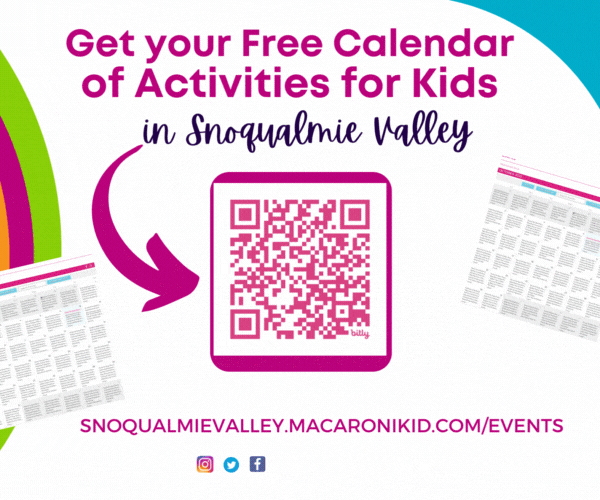“Where do you start your letters?” the teacher asks the class in her sing-song voice. “At the top!” the class enthusiastically shouts back in reply. This handwriting chant is from a curriculum called Handwriting Without Tears®. You may or may not have heard about it depending on your child’s class, school, or teacher. It is an approach to handwriting that uses a developmentally-appropriate progression through the letters of the alphabet.
The curriculum was developed by an occupational therapist who took into consideration all the fundamentals of writing along with how a child’s fine motor skills develop from infancy to toddlerhood and then on to early childhood.
Due to the accessibility of technology, the use of cursive handwriting has become less of a priority in modern-day curriculum. However, being able to print the letters of the alphabet, your name, and later sentences that form paragraphs or stories continues to be a required part of early schooling.
Children start writing as early as preschool and are expected to at least know how to write their name when starting kindergarten. While many may disagree with the readiness of children to be able to write at such young ages, the expectation exists in most every school across the country.
Many children are meeting those expectations. However, there continues to be evidence showing that most children are not ready to write for a variety of reasons.
When made aware of all that is involved in the process of handwriting, a parent can help their child become better prepared with the fine motor, visual motor and sensorimotor skills needed to start these early handwriting tasks.
The purpose of this article is to help parents identify the parts of handwriting needed for their child to succeed, as well as to determine whether further assessment or help is needed. You may be surprised to see how many things a child has to do to have good, legible handwriting.
One of the most important and often overlooked aspects of handwriting is posture.
Where are the child’s arms in relation to the table or desk? What are their legs doing underneath the surface and do their feet touch the floor? A child (and adult for that matter) needs to have what is called 90-90-90 degree sitting. This means 90 degree angles at the elbows resting on the table, 90 degrees at the knees, and 90 degrees at the hips (not slouching or pushing forward in the chair). This may sound simple, but think of how many times you have seen children hanging off their chair as they try to write. It makes a huge difference in the outcome.
Another area to assess is how the child is holding their crayon or pencil. This is called “grip” and developmentally progresses from the use of the whole hand to the use of the “tripod” which involves the thumb, the index and middle finger. There are a few variations of grip, but only a small number of positions are truly functional and effective for writing. Grip can affect how a child uses pressure when writing. Some may push too hard causing very dark writing, breaking pencil leads often, and sore hand muscles. Others may not push hard enough which results in very faint writing, almost too difficult to see.
The cause of poor grip is complex and could be a result of poor muscle tone, among other things. This component of handwriting is difficult for parents and teachers to change; therefore seeking the help of a pediatric occupational therapist is typically best.
Take a “look” at how the child is seeing. How is his or her vision? Children need to be able to track from left to right, convert their eyes to focus on the letter, keep the eyes attending to the paper to complete the writing, and be able to adjust quickly if looking at a distant whiteboard and then back to their paper multiple times.
If your child frequently rubs his or her eyes after writing for brief periods of time, tilts their head to one side consistently while writing, or holds their face very close to the paper, consider taking them to a vision specialist for an evaluation.
If your child frequently rubs his or her eyes after writing for brief periods of time, tilts their head to one side consistently while writing, or holds their face very close to the paper, consider taking them to a vision specialist for an evaluation.
Now that we have identified the three main foundations to begin writing well, let’s look at the components needed for the process of writing.
- Memory- Recall of letters and numbers quickly and easily.
- Size- There are specific sizes per grade level that a child should work toward. This progresses from bigger to smaller as they grow.
- Formation- A child must start the letter correctly. All upper case letters start at the top of the line. If a child starts from the bottom, the results are often messy when they start to increase their speed. They also need to know what stroke comes next and in order. This is when you may see a child “draw” their letters, just putting the pieces together in no particular order.
- Orientation- This is a common concern often found in young children when they face their letters backward (reversed) or upside down. Letters must face the correct direction. “B, D, F, E, J, R, etc.” are all letters that may be seen turned the opposite way. When a child is just beginning to write, this is typical. However, once a child reaches 7 or 8 years old, reversals should not be occurring anymore.
- Placement- Sitting the letters on the bottom line consistently. Look for floating letters or letters that are dropping below the line.
- Control- Being able to smoothly coordinate movement when writing to produce neat, legible writing.
- Spacing- The ability to place the appropriate amount of space between letters, between words and lastly between sentences.
After considering all of these areas, it can be overwhelming just thinking about all the things a child needs to balance to be successful with handwriting. Remember that each child develops at his or her own pace. Many children just need time to gain all of the skills needed.
One way you can help your child achieve readiness is to offer your child pre-writing experiences to increase his or her hand strength, dexterity, and visual motor skills. Plenty of time spent playing with developmentally appropriate toys and arts and crafts materials will give them the basics they need to get started with writing later on. Some examples are listed below that can help give them a good foundation.
- Playdoh or clay, use of cookie cutters, rolling snakes and forming balls
- Stringing beads or lacing cards
- Coloring
- Dot to dots
- Mazes
- Painting with a variety of media and utensils
- Tearing paper apart
- Legos
- Using tongs to pick up craft items
- Cutting
- Opening sandwich bags and removing/replacing lids
- Stamps
Although handwriting is not “taught” the same as it was in past years, it continues to be a very important part of a child’s education. It is needed in almost every subject in some form or another. When a child struggles in this area, it can affect their self-image, performance on tests and assignments, and can lead to anxiety or even behavior issues.
Being prepared for what to look for early on, intervening before a child establishes bad habits, and then knowing when to seek the help of a professional will help your child succeed in school, giving them confidence and an eagerness to learn.
If you have any questions or would like to request professional services from Encompass, please contact our pediatric therapy clinic at 425.888.3347.
Here is a link to past articles from Encompass: click here.
Here is a link to past articles from Encompass: click here.








